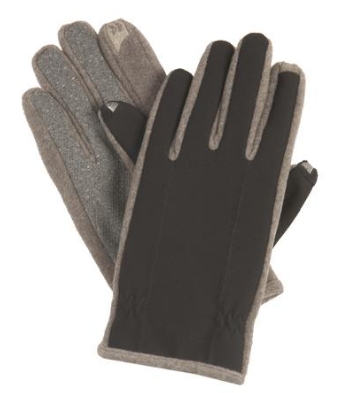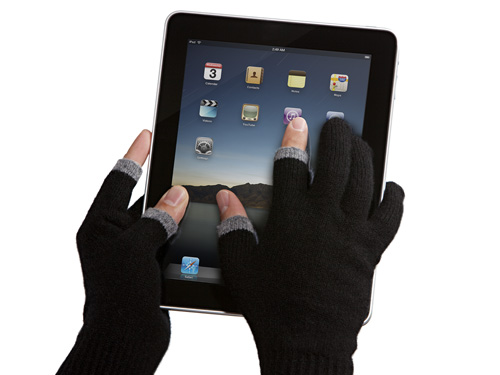Runa Capital, a new Russian venture capital fund, has announced its first investment of $2 million in OnAir3G, a voice-enabled mobile social networking platform. Moscow-based OnAir3G is a start-up founded by online and mobile specialist Andrey Vasilevsky who also co-founded SmartCom, a developer of navigation software for Symbian, Windows Mobile and J2ME.
Today’s announcement marks Runa Capital’s first investment since launching in August 2010 with the goal of offering $30 million in seed financing to start-ups in rapid growth tech sectors. These include cloud computing, machine learning, virtualisation and mobile & internet applications.
“There is a huge amount of innovation happening in the ever-expanding market for mobile software. This is why it is critical to ensure that promising start-ups are given the opportunity to accelerate their entry into this space,” said Dmitry Chikhachev, managing partner of Runa Capital. “The team at OnAirG has been involved in some pioneering work in both mobile software and Internet-based services. This is why we are extremely excited to be a part of what may well be the next killer mobile application.”
In 2007, OnAir3G founder and CEO Andrey Vasilevsky sold SmartCom to Yandex, Russia’s largest internet company. The mapping application is currently used every day by millions of motorists to avoid traffic jams in a number of major Russian cities. OnAir3G aims to replicate this success with a new voice-enabled mobile social networking platform designed for use on 30 million internet-enabled mobile phones currently used in the Russia.
“The current economic climate poses a number of challenges for start-ups, particularly when it comes to bringing new innovations to market,” said Andrey Vasilevsky OnAir3G founder and CEO. “In a short space of time Runa Capital has been able to bring to bear its significant expertise in the world stage to help accelerate our plans and ambition for success. We are very proud to be named the first investment opportunity from this exciting new venture capital fund.”
OnAir3G will be publicly launched in Q2 (April to June) 2011.






